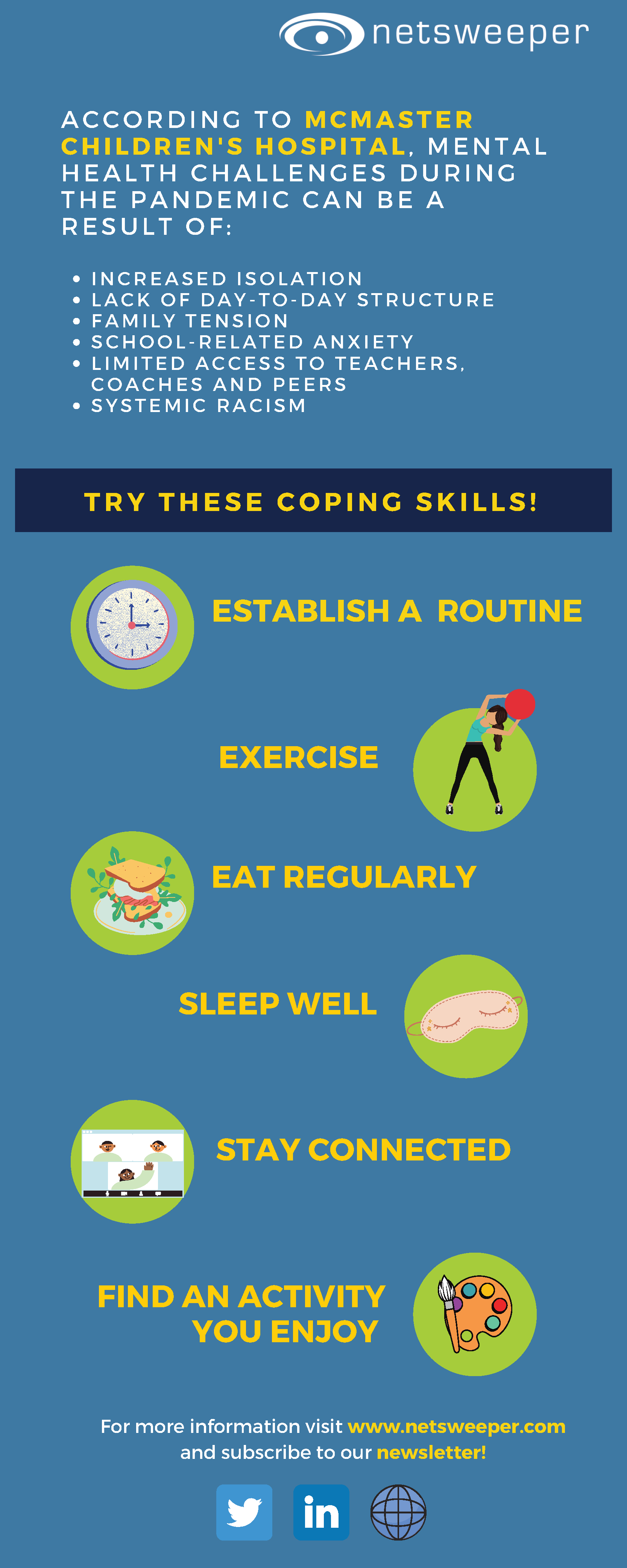At the beginning of summer, many of us were hopeful that the start of the school year would look closer to what life felt like pre-COVID. But now that we’re here, we still find ourselves in the middle of a pandemic, and to make matters worse, there is a new Delta variant adding to the mixed emotions of letting children go back to school.
September is more than just the start of classes; it is also National Suicide Awareness Month. The impacts of COVID-19 are likely to heighten the existing risk factors of suicide, child abuse, and decline of mental and physical health.
Effects of School Closures on Children’s Wellbeing
Children have been experiencing a severe toll on their overall wellbeing since school closures. According to a recent report done by Children First Canada, school closures have prevented kids from having access to mental health services and receiving the necessary coping skills to deal with the stress and anxiety from COVID-19.
Many of the pandemic health concerns, including suicide, substance abuse, eating disorders and others, are all closely related and heavily effect children’s mental health. Many hospitals, including McMaster Children’s Hospital, have seen a steady increase of youth in crisis. Here are some frightening negative impacts on children’s health from COVID-19:
- 1 in 5 children suffer from mental health concerns, but only 1 in 4 of those actually receive treatment
- Youth admitted for medical support after suicide attempts has tripled over a four-month period, compared to last year
- Referrals to Eating Disorder Programs has increased by 90% in a four-month period, compared to last year
- Youth admitted with substance use disorders has doubled compared to last year
Long-Lasting Damage
It’s been a very stressful year on families, and the unfortunate outcomes are poor mental health for children. Losing control in our very own lives, not knowing what the future will look like, and lack of social interactions exacerbates these challenges, leading to suicide, depression and anxiety.
According to Statistics Canada, 64 per cent of youth aged 15 to 24 reported a decrease in their mental health during the pandemic in 2020, and unfortunately this trend has continued into 2021. It is crucial for health care workers, educators, and caregivers to work together to improve mental health and prevent suicide, especially while students return to in-person learning. Recognizing warning signs and risk factors for suicide is essential for us to understand how the pandemic is affecting children and what we can do to mitigate and reduce the risks. For coping mechanisms that can help reduce mental health challenges during the pandemic, check out our infographic below! 👇👇👇

Submitted by: Natasha Pande
